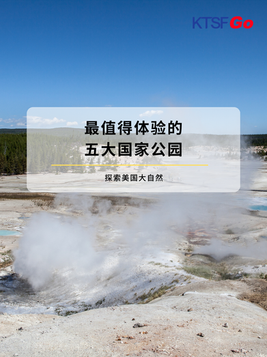Origin of Chopsticks
- KTSF Admin
- Mar 24, 2024
- 2 min read
Chopsticks, those slender and versatile eating utensils, hold a significant place in the culinary traditions of Asia and have even made their mark on global dining culture. Their evolution from rudimentary twigs to finely crafted tools reflects millennia of cultural exchange and culinary innovation.

The story of chopsticks begins around 5,000 years ago in ancient China, where they were initially fashioned from simple twigs for the practical purpose of retrieving food from cooking pots. Over time, these rudimentary implements evolved into more refined versions, reflecting advancements in craftsmanship and culinary practices.
The earliest known examples of chopsticks, dating back to around 1200 B.C., were discovered in the Henan province of China, alongside early writing utensils. This discovery suggests that chopsticks were already an integral part of daily life in ancient China, used alongside other essential tools. One of the key factors contributing to the widespread adoption of chopsticks in China was the philosophy of Confucius, the revered philosopher and vegetarian. Confucius's teachings emphasized non-violence and harmony, leading him to eschew the use of knives at the dining table. In line with his principles, chopsticks—with their blunt tips and gentle handling—became the preferred utensils for consuming meals.
By the 5th century AD, chopsticks had transcended China's borders and become essential dining implements across East Asia. Japan, Korea, and Vietnam all embraced chopsticks as integral components of their culinary traditions, adapting them to suit their unique cuisines and cultural practices.
During the Chinese dynastic periods, chopsticks took on additional symbolic significance. Silver chopsticks, believed by some to change color upon contact with poison, were occasionally used by notable figures as a precautionary measure. While this belief may have led to some misconceptions, it underscores the cultural importance attached to these humble utensils.

Mythology and superstition have also woven themselves into the fabric of chopstick lore. Tales of chopstick etiquette influencing one's marital prospects or travel fortunes abound, reflecting the deep-rooted cultural significance of these utensils.
Despite their ancient origins, chopsticks have undergone minimal changes in design and function over the centuries. Their enduring simplicity belies their remarkable efficiency and versatility, making them indispensable tools for enjoying a wide range of cuisines.
For many Westerners, mastering the art of using chopsticks can be a daunting task. However, it is a skill worth acquiring, not only for its practical benefits but also for the cultural insight it provides. Correct chopstick etiquette is essential for avoiding inadvertent faux pas and showing respect for the culinary traditions of the regions where they are used.
In addition to their cultural significance, chopsticks offer surprising health benefits. Using chopsticks engages over fifty muscles in the body, providing a subtle yet effective workout during meals. Furthermore, some studies suggest that chopstick use may improve memory and cognitive function, adding another dimension to their appeal.
Chopsticks represent far more than just a humble eating utensil—they are a symbol of cultural heritage, culinary innovation, and communal dining traditions that have endured for millennia. As we continue to embrace global cuisine and celebrate diversity, let us not forget the humble chopstick's role in bringing people together around the dinner table.

















Comments